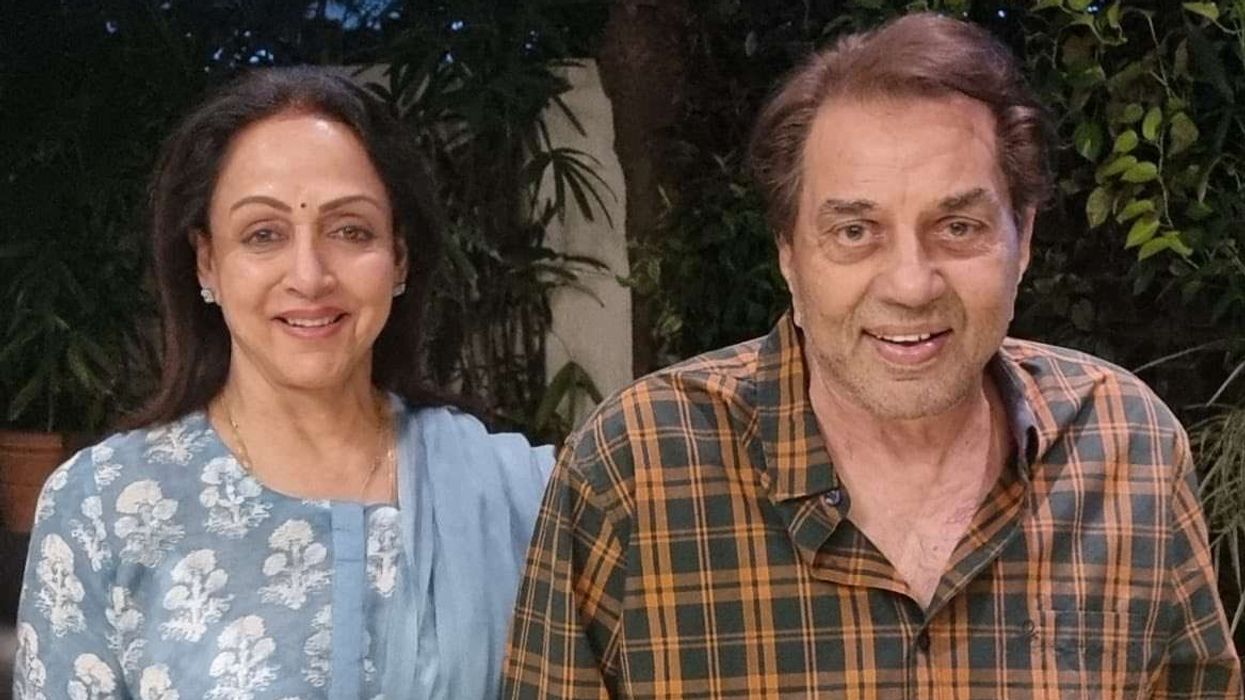Highlights
- Welsh-based British-Asian artist Nayyah releases Bees & Honey, a reggae-trap fusion track
- Features reggae legends Apache Indian and Amlak Tafari
- Produced by Mikey ‘Megahbass’ Fletcher
- Song critiques inequality but delivers a message of hope
- Lead single from upcoming album Fire In My Soul
- Official music video filmed in Llandudno, out now
British-Asian artist Nayyah has released Bees & Honey, a collaborative single featuring reggae icons Apache Indian and Amlak Tafari. The track was produced by Mikey ‘Megahbass’ Fletcher, known for his work with Alborosie, and brings together reggae roots with contemporary trap rhythms. Filmed in Nayyah’s hometown of Llandudno, the video is now available on YouTube.
The song delivers a strong critique of social inequality — highlighting how those who work the hardest often receive the least — while also promoting resilience and self-belief.
A collaboration with musical heavyweights
Producer Mikey Fletcher recalled how the song began:
“Nayyah brought me this idea and a melody for the track. I tried out some reggae beats, but his unique style called for something different. I played with a trap rhythm idea, and it fitted like a glove.”
Amlak Tafari added his signature vocals and brought in Apache Indian, whose contribution was both a tribute to his global hit Boom Shack-A-Lak and a reimagining of his classic style.
Apache Indian praises Nayyah’s talent and vision
Apache Indian called the collaboration a “breath of fresh air” and commended Nayyah’s creativity:
“It was an honour for me to feature on this song, which has a fantastic video filmed in his home town. His album is nothing less than a masterpiece.”
- YouTube YouTube/ NAYYAHREGGAE
Bees & Honey part of upcoming album Fire In My Soul
The single is taken from Fire In My Soul, Nayyah’s forthcoming album featuring some of Jamaica’s most respected musicians:
- Sly Dunbar, Stephen ‘Cat’ Coore, Dean Fraser, Stephen ‘Lenky’ Marsden
- Paul Kastick, Robert ‘Dubwise’ Browne, Carol ‘Bowie’ McLaughlin
- UK contributions from Steve Grantley (Stiff Little Fingers) and James Stevenson (The Cult, The Alarm)
Bees & HoneyHoney is available now on all major streaming platforms.



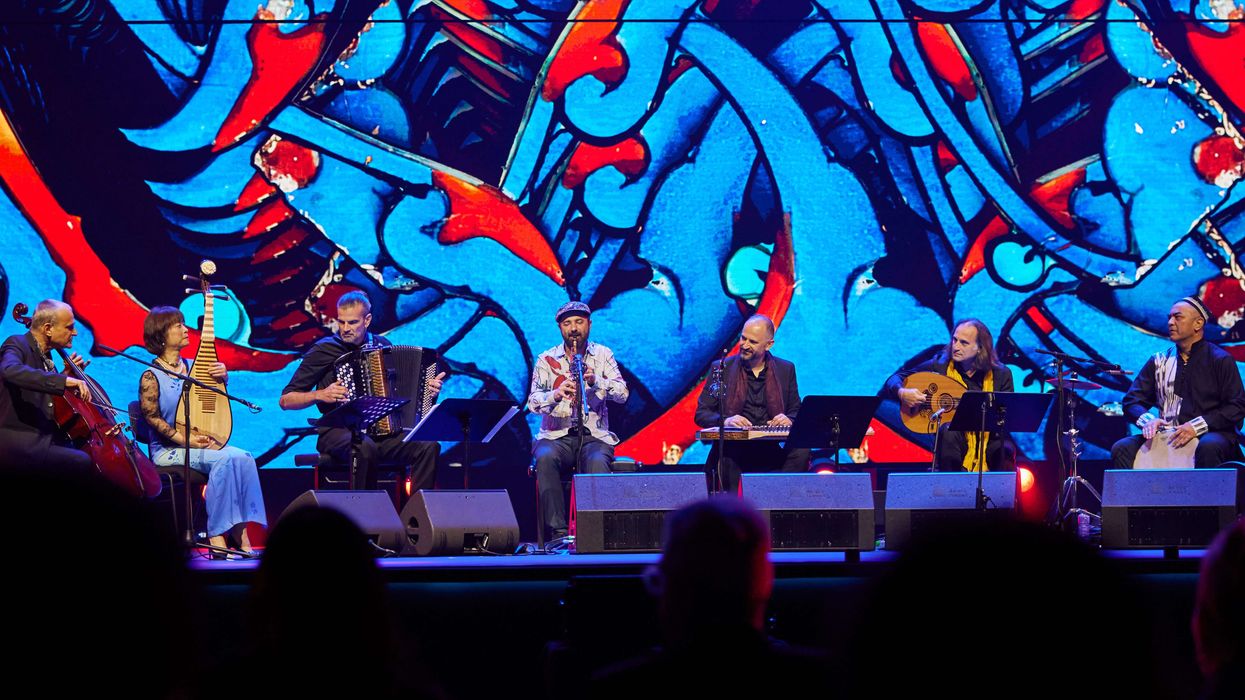
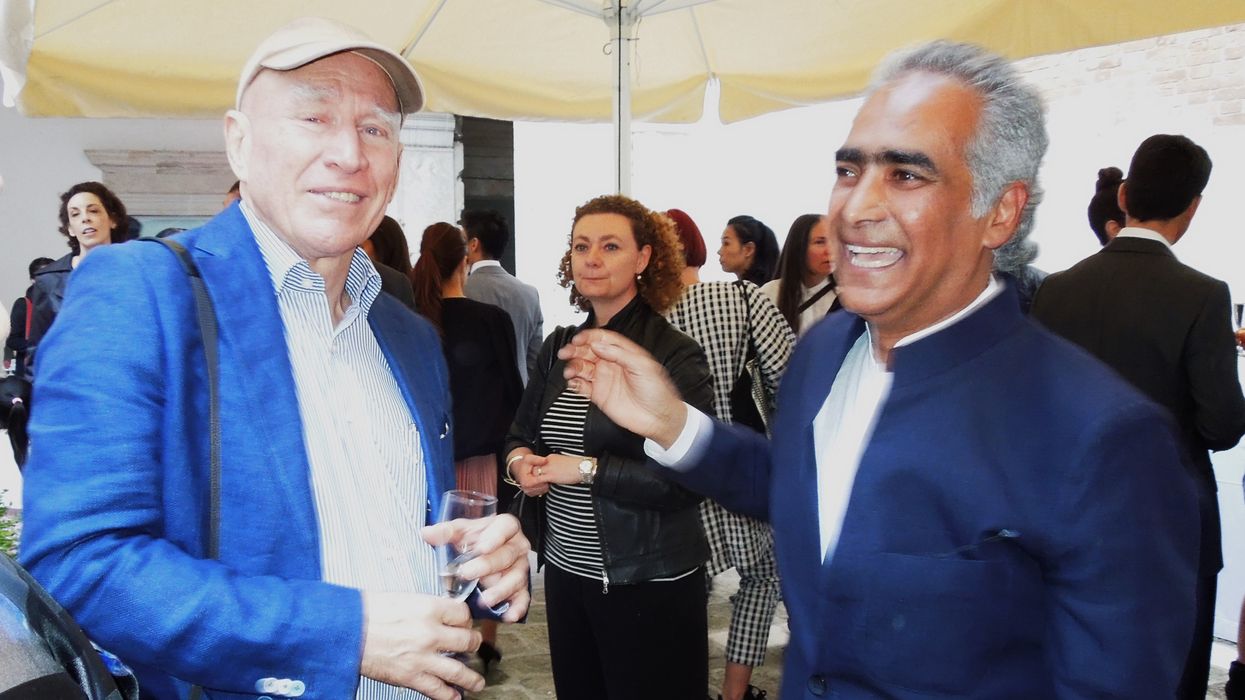

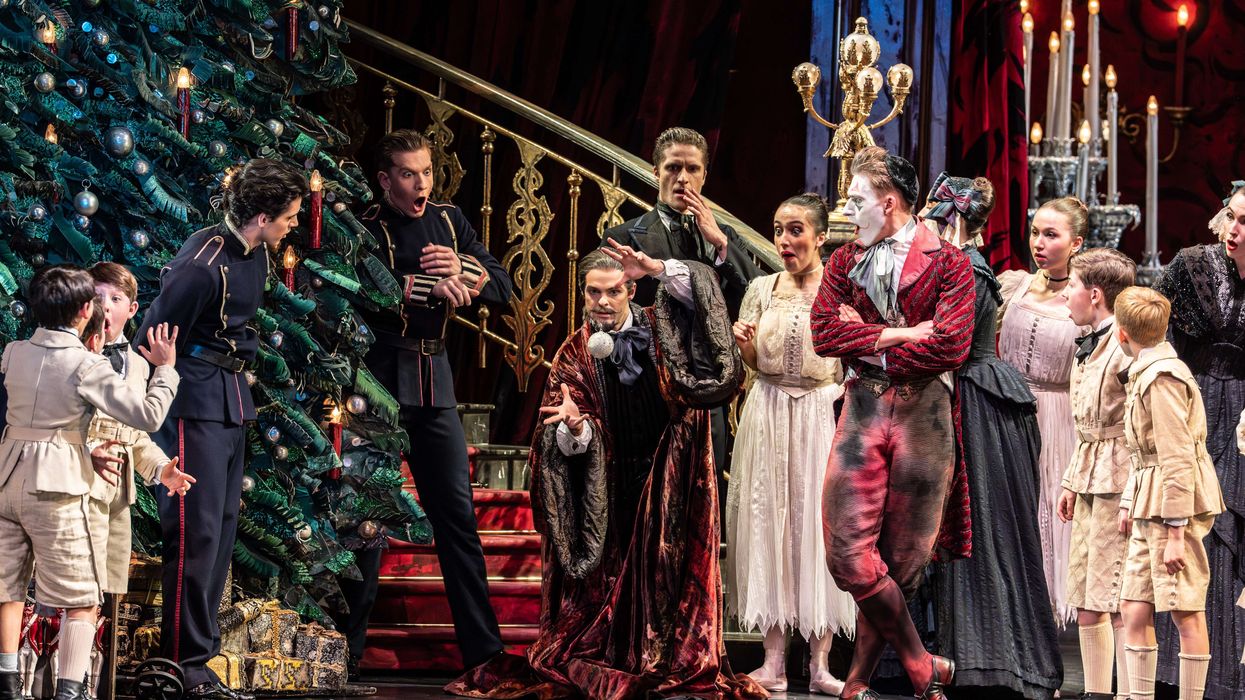
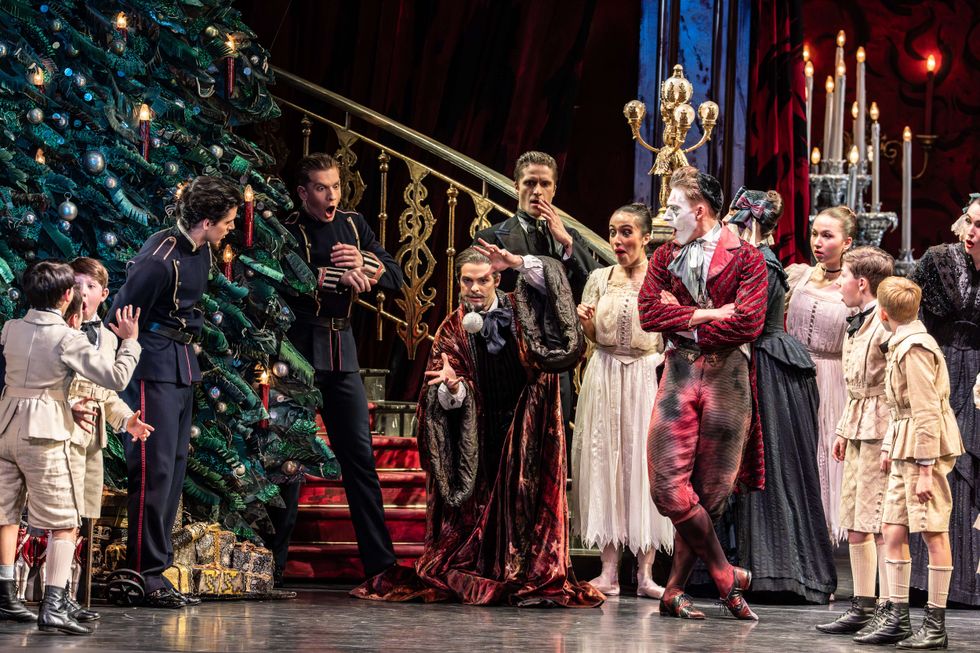 BRB’s Nutcracker dazzles at the Hippodrome BRB’s Nutcracker dazzles at the Hippodrome
BRB’s Nutcracker dazzles at the Hippodrome BRB’s Nutcracker dazzles at the Hippodrome 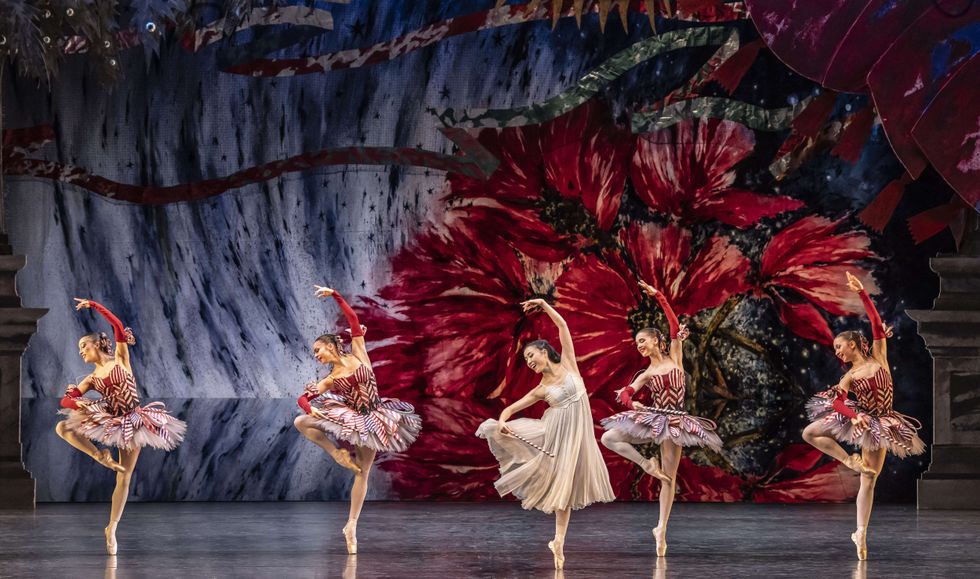 A sparkling Nutcracker lights up Birmingham
A sparkling Nutcracker lights up Birmingham 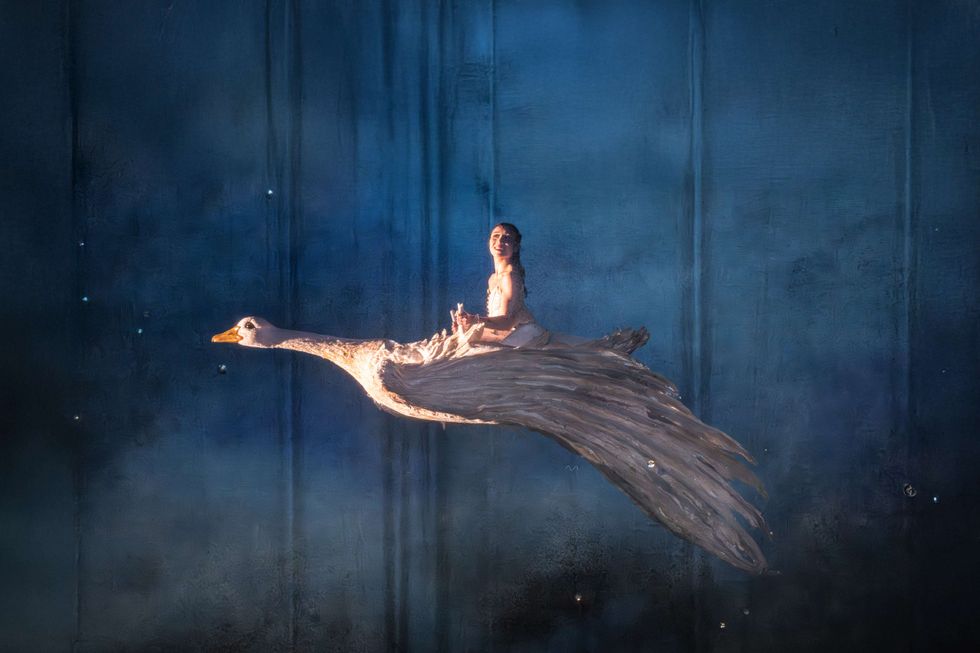 BRB brings festive magic back with The Nutcracker
BRB brings festive magic back with The Nutcracker


